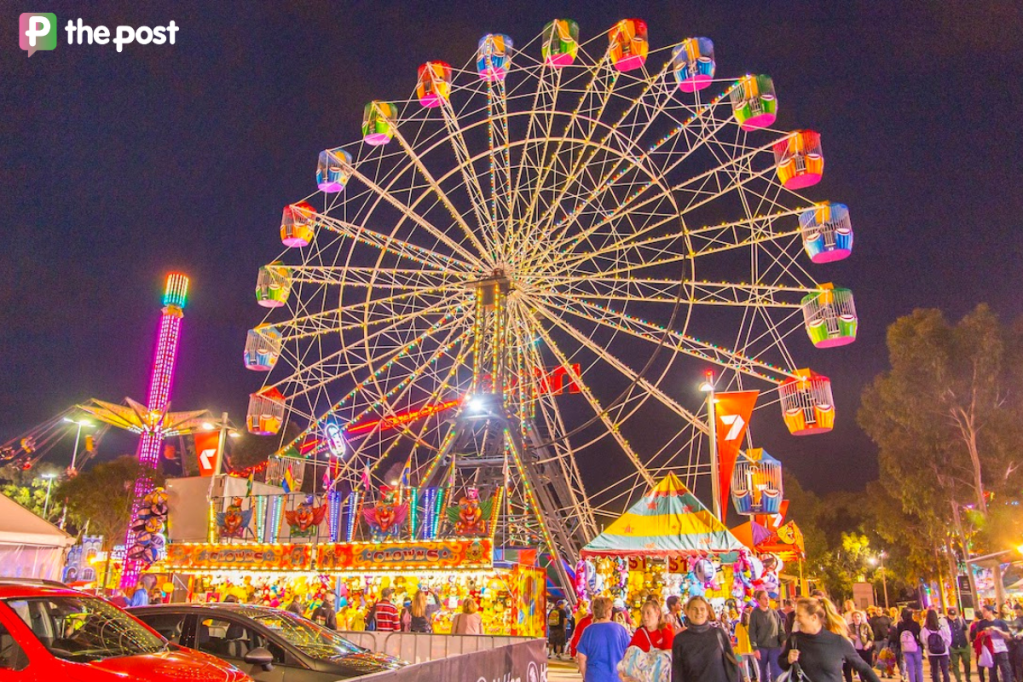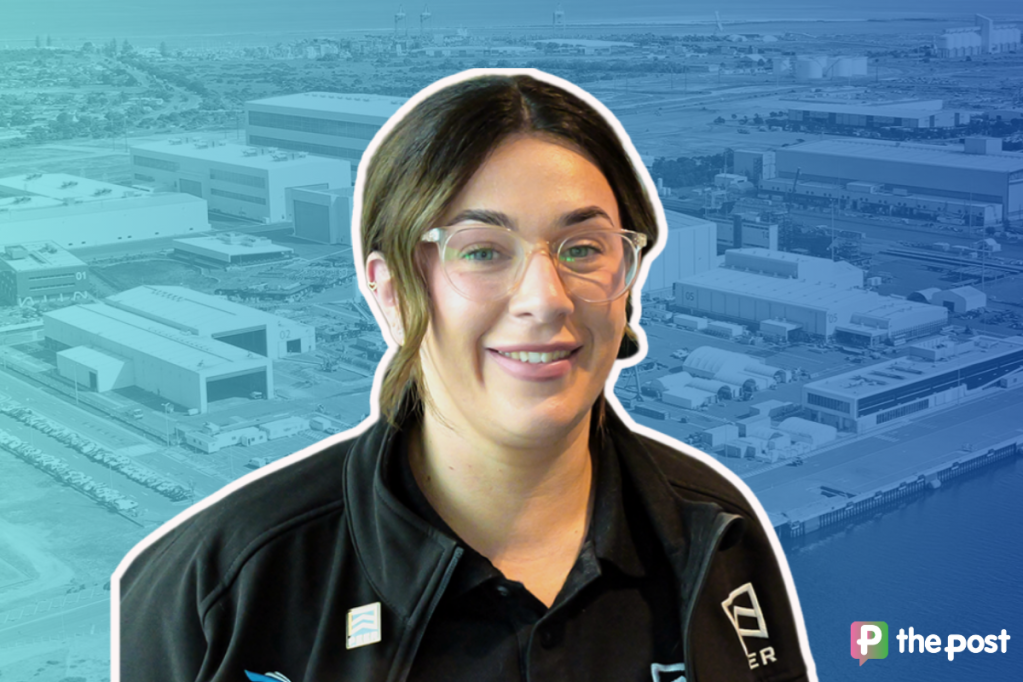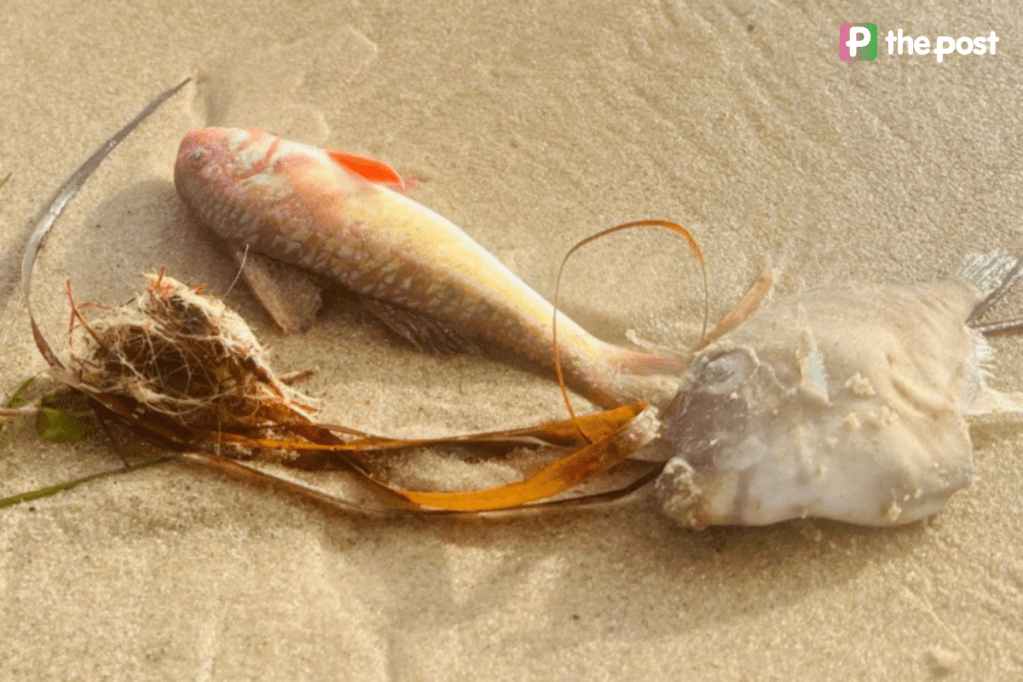By the stats: Weekly wrap of SA economic data

In Business Insight’s weekly round-up of South Australian data, we look at good news on the retail front, middling news on house values, and less encouraging statistics on the state’s export performance and business confidence.
Exports fall
South Australian exports have fallen by more than 8 per cent over the past year, according to Australian Bureau of Statistics (ABS) data released this week.
By comparison, in the 12 months to June Australian exports were down by 3.8 per cent.
In a sign of the economic malaise in the state, imports were also down over the year by 2.2 per cent.
The monthly figure for June showed a 10.2 per cent drop. Business SA’s policy director Rick Cairney says that monthly figures can be volatile, but the year-on-year trend was cause for concern.
“Recent falls in the Australian dollar should assist to help South Australian exporters, but this alone is not enough to restore strength to our export sector,” he said.
You might like
The Opposition says the $1 billion drop in the value of South Australia’s merchandise exports over the past year was fuelling unemployment.
The State Government argues the statistics have been influenced by commodity prices.
Retail trade picks up
In better news, ABS statistics released this week show retail turnover ticked upwards slightly in June.
Over the year, SA retail turnover improved by 4.3 per cent, just below the national average of 4.8 per cent.
Household goods led the way in June, perhaps reflecting the Federal Government’s tax breaks for small businesses. However, turnover for cafes and restaurants fell, along with the clothing and footwear sector.
Business confidence at new low
The BanksSA State Monitor measure relating to business expansion recorded its lowest ever result, with 84 per cent of South Australian businesses saying they were not likely to create new jobs or take on new employees in the next three months.
Stay informed, daily
The survey showed that 42 per cent of businesses were confident that the climate for doing business in SA would improve over the next 12 months – a five per cent decline since February 2015.
Fifty one per cent of small businesses felt confidence was falling across the SME sector.
The bank said the biggest impact of lower confidence was that fewer SME’s had created new jobs in the past three months and only 13 per cent planned to do so over the next three – down from 20 per cent in the previous survey in February.
Consumer confidence also fell from the previous survey.
Housing market in middling shape
Analysis of capital city housing shows the value of Adelaide dwellings has fallen over the past quarter, with the median price at $400,000.
Nationally, the CoreLogic RP Data Home Value Index rose 2.8 per cent in July and 11.1 per cent over the past year.
By comparison, the index for Adelaide dwellings dropped by 1.1 per cent in July and increased by 3.4 per cent over the year.
Sydney and Melbourne housing markets were the clear leaders of the pack with year-on-year increases of 18.4 per cent and 11. 5 per cent respectively. Brisbane was in a distant third place (3.9 per cent), followed by Adelaide.
CoreLogic RP Data said markets like Perth and Darwin – both of which experienced falls in housing values year-on-year – had entered a correction phase over the past 12 months.
Gross rental yield in Adelaide for houses was 4.2 per cent, while the yield for units was 4.7 per cent. This compared favourably with the combined capital yield, which was 3.4 per cent for houses and 4.3 per cent for units.









